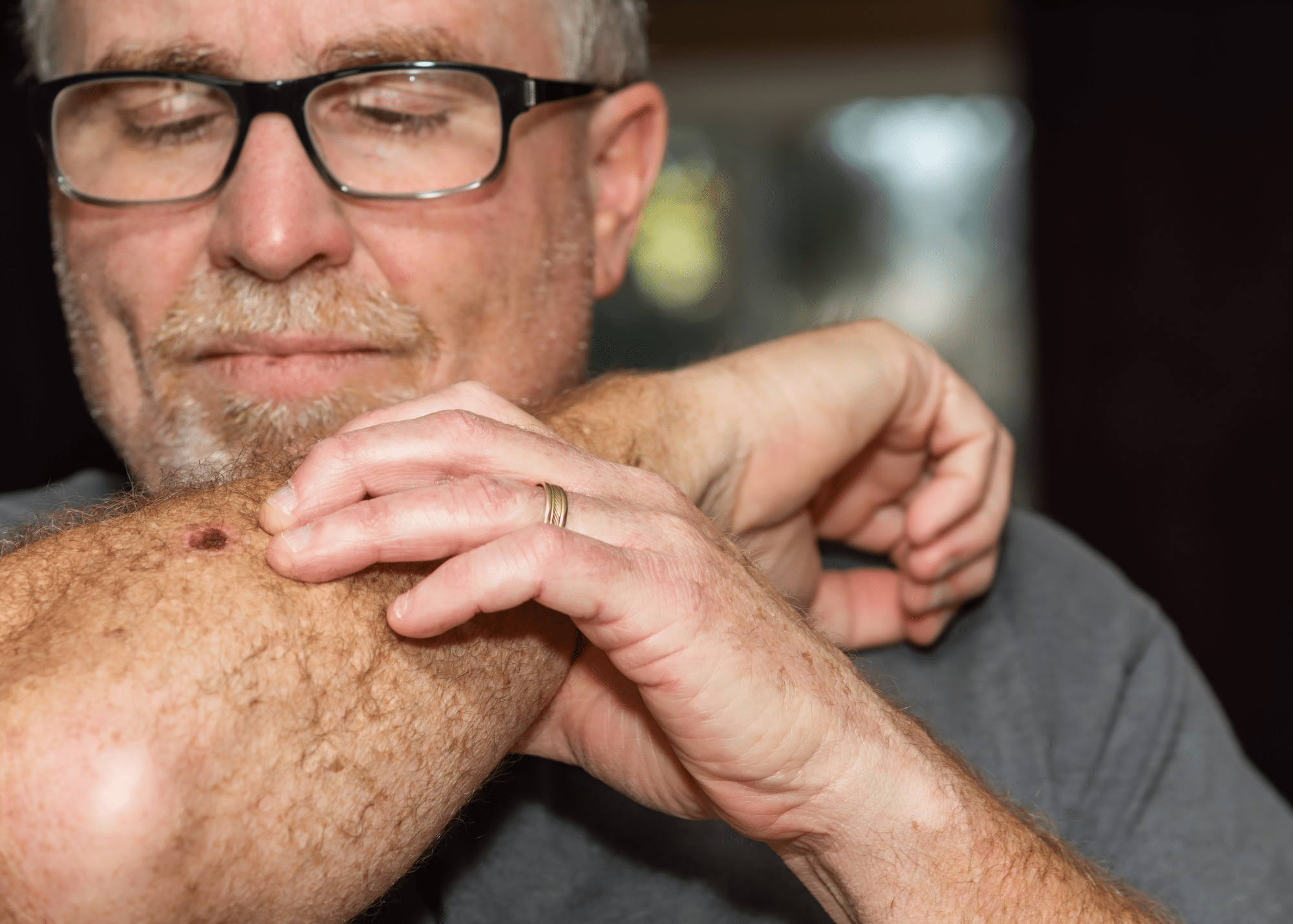
Plastic and reconstructive surgeon Dr. Jack Quigley describes breast reduction techniques to reduce scarring and proper incision aftercare
Breast reductions are common plastic surgery procedures that can help alleviate back and neck pain or allow patients to feel more confident with a smaller cup size. During a breast reduction procedure, we reduce breast tissue volume, lift and tighten the breasts to eliminate sagging, and achieve symmetry between the breasts.
In 2020, roughly 100,000 cosmetic and reconstructive breast reduction procedures were performed by plastic surgeons in the U.S., according to the American Society for Plastic Surgeons.
When we perform breast reduction procedures, we aim to minimize the visibility of scars by keeping incisions as discreet as possible. Our incision patterns keep the nipple and important breast tissue structures completely intact, which helps preserve nipple sensation and potential breastfeeding function after the breasts have healed.
Many patients ask me about breast reduction scars and how we can minimize their appearance. In this article, I’ll discuss what breast reduction scars look like, and ways to reduce the appearance of scars with proper aftercare techniques.
What Do Breast Reduction Scars Look Like?
There are three common incision patterns that we use for breast reductions, however, the incision types and lengths may vary based on the patient and what we want to achieve:
- The Anchor (Inverted T) Incision Pattern
The anchor or inverted T breast reduction (sometimes called the “Wise” pattern) involves three incisions. The first is an incision around the patient’s areola. The next incision runs vertically from the bottom of the areola to the breast crease, and then we make a third horizontal incision hidden under the breast in the crease contour. The anchor incision pattern is most commonly used in cases where we want to greatly reduce breast volume, address significant drooping, or correct breast asymmetry. - The Lollipop (Vertical) Incision Pattern
Similar to the anchor incision pattern, the lollipop incision circles around the areola and vertically down to the breast crease – but without the horizontal incision under the breast. This pattern is best suited for minimal to moderate breast reductions or lifts. - The Donut (Periareolar Lift) Incision Pattern
The donut incision pattern is the most discrete and just involves a small incision around the patient’s areola. While this pattern is less commonly used for breast reductions, it’s well-suited for patients who want very minor adjustments. Donut incisions are minimal and hidden by the perimeter of the areola, making breast reduction scars less noticeable.
Regardless of the breast reduction pattern we use, we make every effort to keep incisions as small as possible and hide them in the natural contours and shadows of the breast to conceal scars.
Overall, breast reduction scars fade considerably within the first year, and are easily hidden by clothing, bras, and bikini tops. Scarring can further be minimized with proper, evidence-based aftercare approaches.
Techniques to Reduce Breast Reduction Scars With Proper Aftercare
First and foremost, it’s important to follow your plastic surgeon’s post-operative instructions. Here’s what I tell my breast reduction patients to do during healing to minimize breast reduction scars.
General Breast Reduction Incision Aftercare
- Wear your post-surgical bra or a similar supportive garment for six weeks. This garment provides gentle compression and helps reduce swelling and promotes wound healing. Avoid bras with an underwire until at least 8 weeks after surgery.
- Wait 48 hours after the procedure before showering, and avoid using hot water.
- Don’t submerge your body in water (bath, hot tub, lake, pool, ocean) for four weeks after the operation to reduce the risk of infection.
Evidence-Based Scar Management Techniques
- Don’t begin any of the following scar treatments until you’re at least two weeks post-op and the wounds are fully healed.
- Once you’re healed, massaging a gentle lotion – like Aquaphor or cocoa butter – over the scar can help minimize its appearance over time.
- Silicone scar gels or scar tape have also been shown to be effective at reducing the appearance of scars.
- Avoid sun exposure on the breasts, particularly around the incision areas, and apply sunscreen to the incisions for the first year.
- Laser skin treatments also make scars look less visible by promoting healthy cell turnover. At Plastic Surgeons of Northern Arizona, we provide laser skin treatments for our patients during follow-up appointments if we feel that the breast reduction scar appearance could be improved.
- Steroid injections may also help reduce the size and appearance of scars. Corticosteroid chemicals help break up collagen fibers and scar tissue deposits under the skin, which makes scars look less prominent.
Book Your Breast Reduction Consultation Today
If you’d like to learn more about breast reductions, we’d love to bring you in for a consultation. Our team of board-certified plastic surgeons and experienced providers at Plastic Surgeons of Northern Arizona can answer your questions and discuss your goals.




